Top Tips for preparing a home for winter
Extremely low temperatures over winter can test your home in many ways, and sometimes your house will return a failing grade. Even brand new homes built to code can see failures of their building envelopes, windows, doors and ventilation systems during winter, a simple failure to install windows or doors correctly can lead to leaks, water damage and air leakage causing internal condensation and mold in walls.
Most of the problems that a home will face during a deep freeze are moisture related in one way or another. Extreme differences in temperature between inside and out makes indoor humidity a bigger concern.
Warm moist indoor air will condense on any cold surface it can find, as well as find any path to the outside, and it will deposit water inside your walls in the process. Keeping moisture levels down (40% RH or lower) is your first line of defence, but here are some things to watch for so you can do your own troubleshooting.
Why is there frost on my house windows?
Warm humid air meeting a cold surface will leave behind condensation which can be hard to stop, and in some cases it will turn to ice. This is particularly noticeable during periods of extreme cold, made worse by high indoor humidity and lower-quality windows.
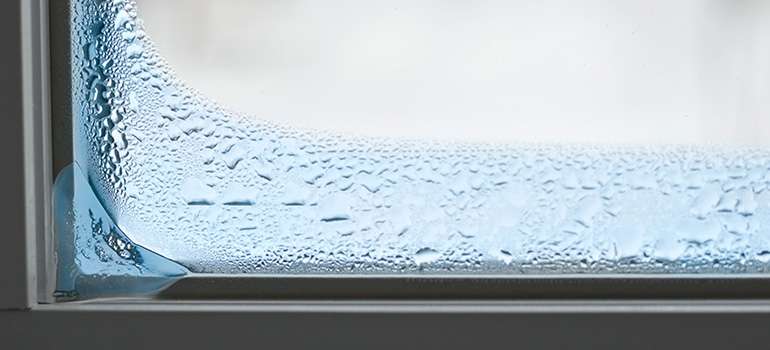
Solutions: You can buy a hygrometer (to measure indoor humidity) at most hardware stores for around $20 or so; that's your first step. If your humidity is low (20-40 RH) then the problem lies more with your windows. Before getting all gung-ho about replacing windows, a seasonal solution can be covering them with a thin sheet of plastic; that will prevent heat loss, reduce air leaks, and as a bonus you'll be able to see outside.
Poorly performing windows will also make a home feel drafty and cold when you're near them, so covering your windows with plastic will likely mean you can keep your thermostat a little lower and feel the same level of comfort.
It will also protect your window frames and wall assembly from moisture damage by stopping humid air from escaping and depositing moisture in the wall around your windows. Read more here about what to look for when shopping for high performance windows.
Drafts around windows and doors:
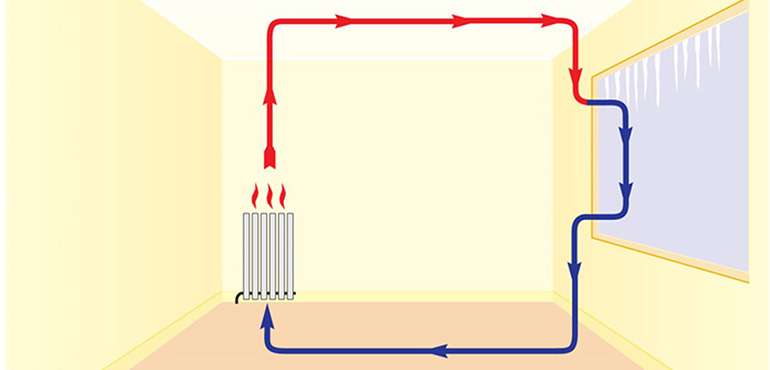
Aside from the plastic sheet mentioned above, air leaks can often be fixed with a tube of caulking. In fact, it can be good to do both. If you plan to cover a window with plastic, stopping air leaks first will prevent the plastic from ballooning out and ripping the tape seal. Read more here about how to install windows properly so they don't leak air
Air leaks are easiest to find when it's cold and windy outside, so take advantage of those times to do some troubleshooting. Be sure to get the right caulking for the surfaces you are attempting to seal - be it wood, plastic, metal or stone. Different products bond to different surfaces.
Note: The natural convection of warm air when it meets a cold surface can create the sensation of a draft when in reality there is none. Make sure it's not just cold air falling after coming in contact with the window before you scratch a hole in your head looking for non-existent leaks.
How to stop doors freezing shut?
Your door may not be closing all the way, and as warm air escapes it can condense and form ice, making it worse and worse all the time.
Solutions:
The locking mechanism may need to be adjusted so it closes tighter, or it could also be a problem with the weather stripping; both are fairly easy to deal with and might save you a lot of money.
Your home could also be pressurized due to the way your HRV is adjusted, this would force more humid air out of any openings in the home and deposit moisture and ice preventing windows or doors from freezing properly (this would also alleaviate the problem of frozen door locks that is covered below). It's important to keep your HRV or ERV maintained and operating efficiently.
How to stop door locks freezing?
Airtight homes are great for keeping heat in, but that leaves all the indoor air pressure aiming for the any hole, no matter how small. In some cases (particularly well-sealed bungalows due to the stack effect*) interior warm air is forced out through door locks, and they can freeze up.
*The stack effect is the natural and unavoidable exchange of air that happens in any building, as warm air exerts pressure and leaks out at the higher levels of your home, and cold air is drawn in at lower levels to replace it. It is the moisture in the warm air leaking out that condenses and can cause ice.
Solutions: Again, a lower indoor humidity will help alleviate the problem of frozen door locks. Aside from that, graphite powder is the perfect lubricant for door locks and is available at most hardware stores. With minimal skills and a screwdriver you can, in most cases, remove the handle and lubricate it in only a few minutes. You could also try sticking a mitt over the outside handle on really cold nights to keep it a bit warmer; that works well for coldest Canadian winters!
How to stop condensation inside exterior walls?
This can be caused by thermal bridges through wood framing, poorly installed insulation, or even the complete absence of insulation in some spots. Some insulation materials can settle; other times builders take short cuts and future homeowners pay the price.
Depending on the severity of the problem you may want to re-insulate one way or another. It’s best to speak to a professional about this to come up with a solution that doesn't hamper the performance of any existing vapor barrier.
In extreme cases you may want to hire a professional to check it out. Some home inspectors travel with a thermal imaging camera which can give you an accurate idea of where problem areas are in your wall, or we have used an affordable DIY option that can highlight problem areas which is a "point and shoot" thermometer that points a green or red light depending if temperature varies over a pre-set amount.
Icicles mean heat loss from your roof:
Icicles on a roof are caused by heat escaping, pure and simple. So many homes have them that we have grown accustomed to seeing them and think nothing of it, but they don't grow by themselves - they are cooked up by the heat leaving your house - and ice in a roof, known as ice damming, is problematic and should be fixed. An airtight and well-insulated building envelope will have no icicles whatsoever.
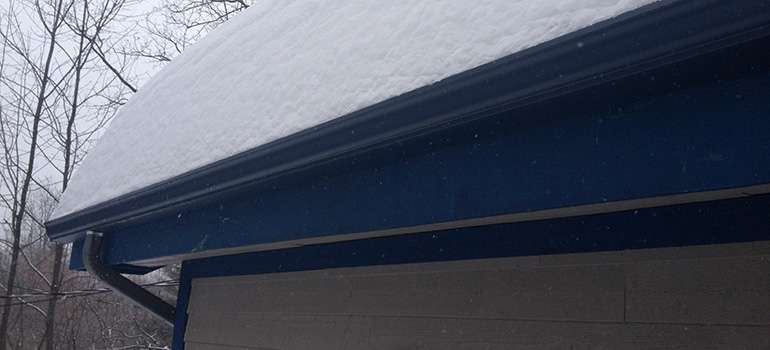
Solutions: Have a look in your attic to see if it is properly vented and if there is enough insulation. Add attic vents if to remove moisture, and additional insulation. This can be done by hauling batts up there yourself, or blowing loose cellulose insulation over the entire surface of an attic, taking care not to block your venting. Below are a few more pages about things to look for as winter sets in and how to make the necessary repairs.
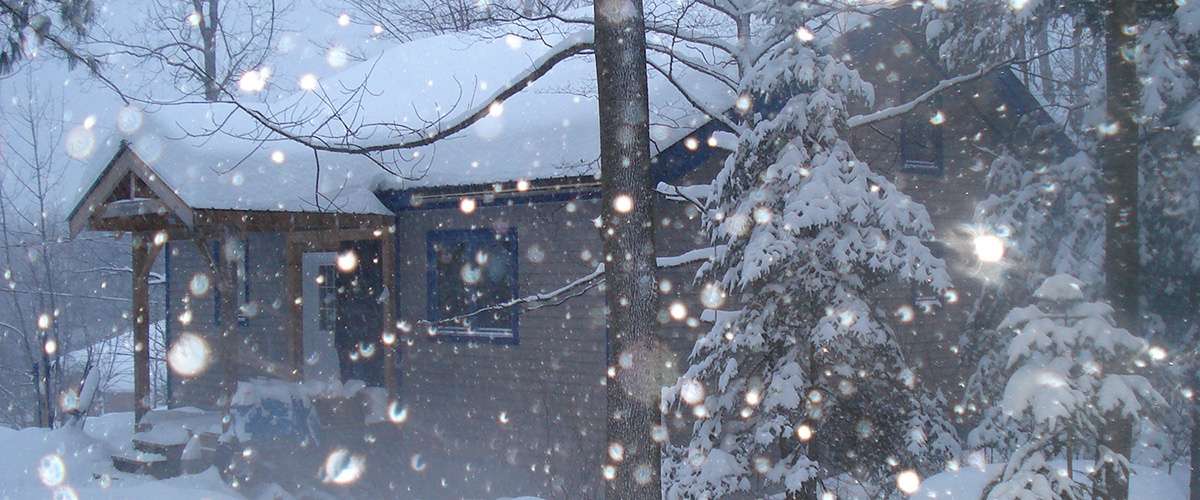














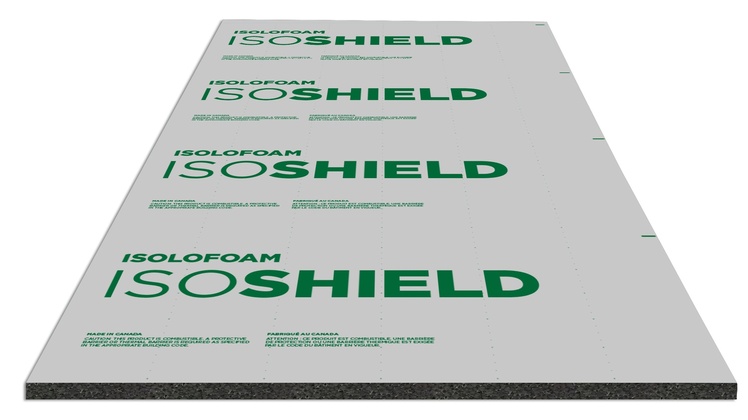
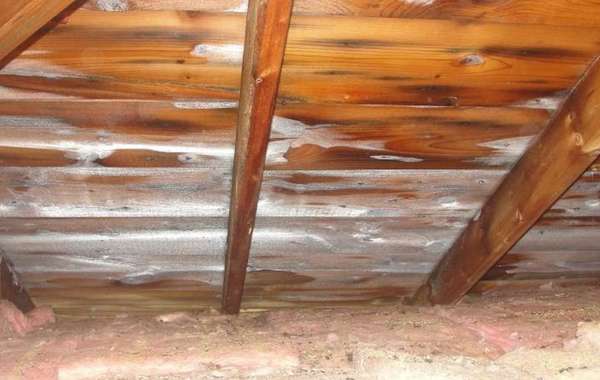
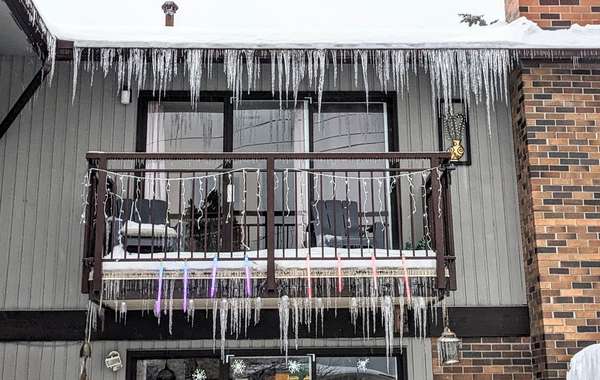
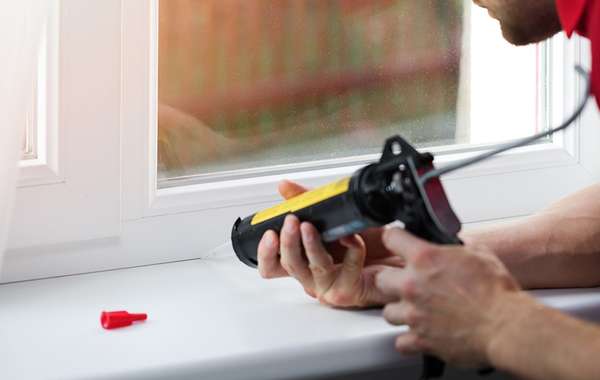
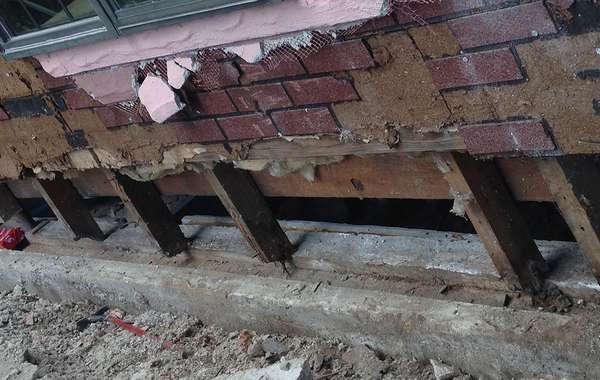
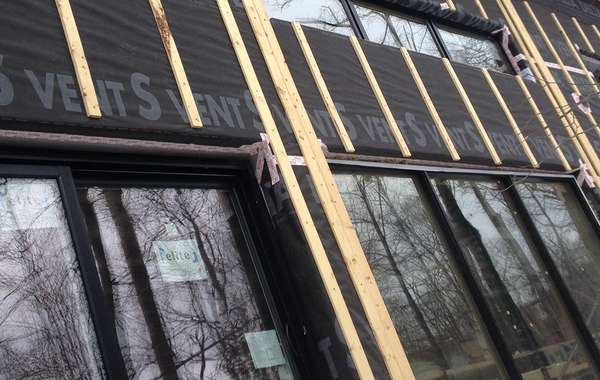
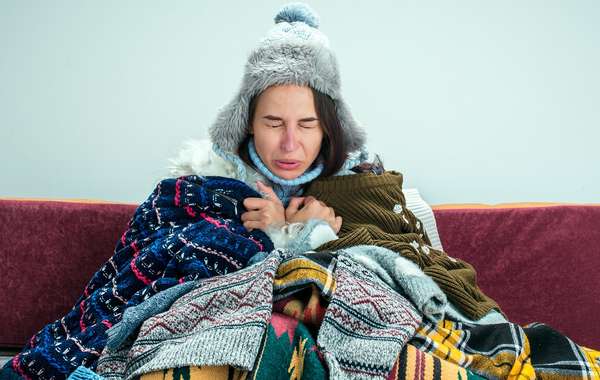
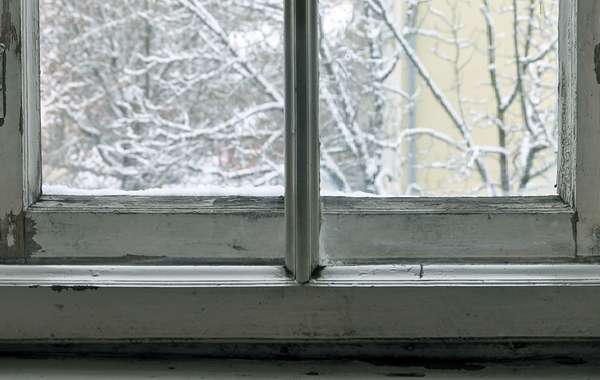
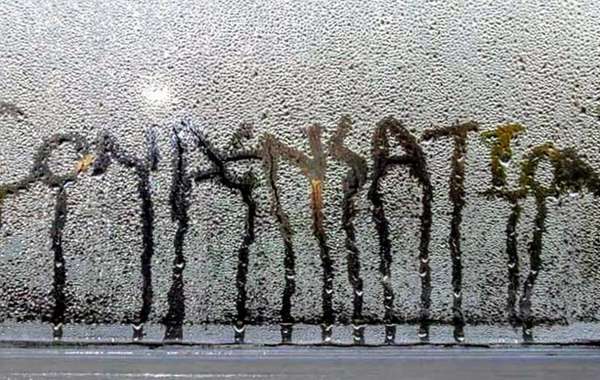
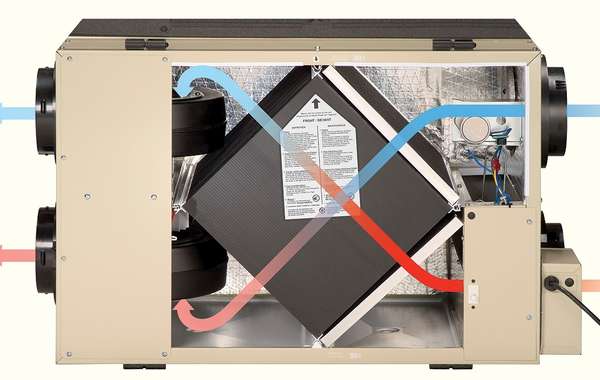

Comments (0)
Sign Up to Comment